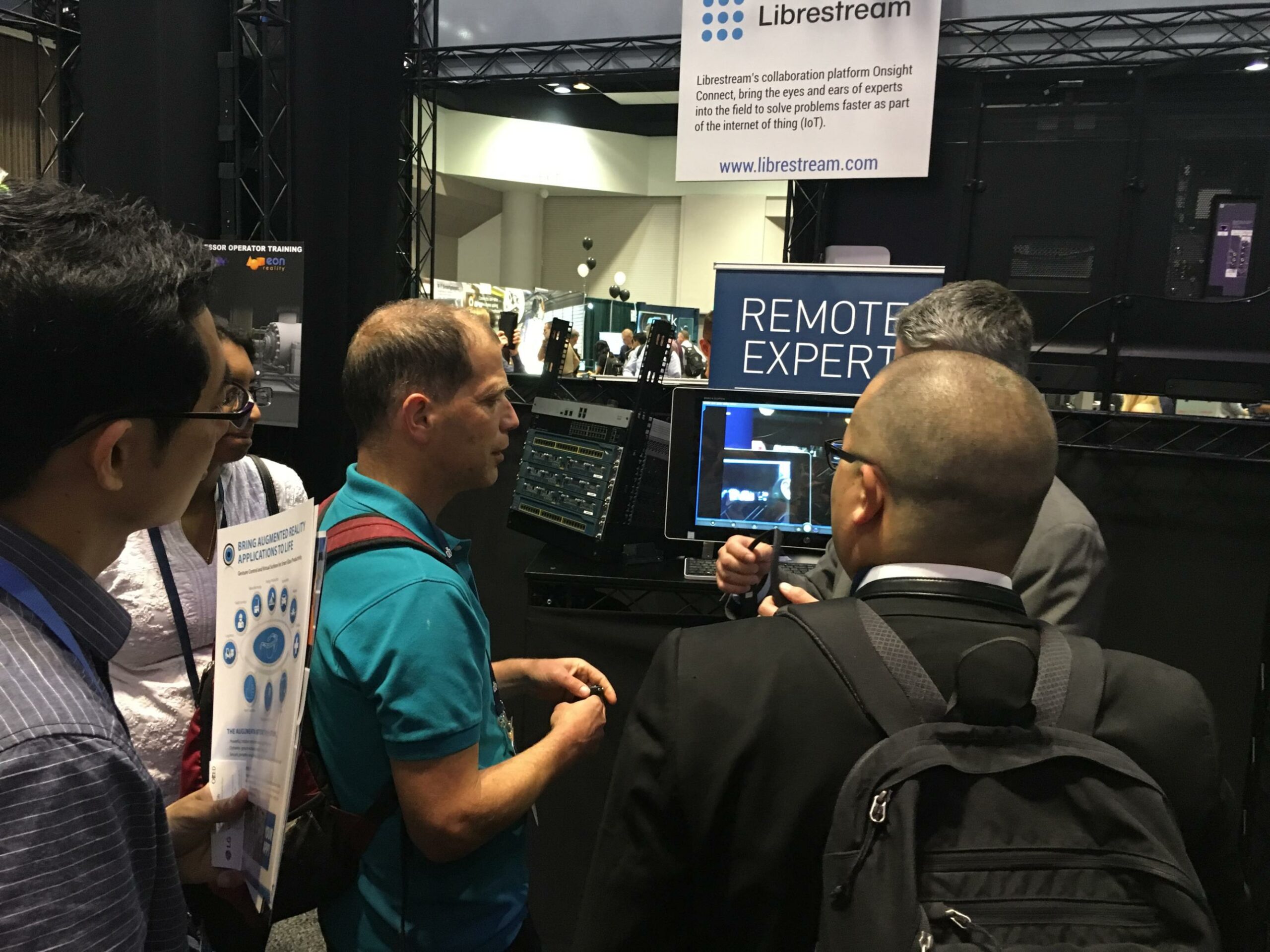
How Generative AI and RAG Unlock Decades of Business Knowledge

One of the biggest technology topics over the past few years is augmented and virtual reality. Major technology companies such as Microsoft and Samsung, to name a few, have their hands in this pot.
If you’re like me, then you probably get these terms mixed up more often than you would like to admit. So I have defined them below:
Augmented Reality (AR): Experiencing the real world with digital images overlaying the screen. Think of Pokémon Go, the recent phenomenon of Pokémon popping onto your screen while viewing the real world around you.
Virtual Reality (VR): A complete 360 degree immersion into a digital world. Think of the recent Google spot light story: Pearl.
Often, conversations around these topics lean towards the video game industry. While video games and augmented virtual reality have a close relationship, new opportunities for real world applications have increased. My team and I experienced different applications of this technology at the Augmented World Expo.
There are varying levels of AR/VR available to organizations looking for technologies to improve their business model. One particular term that was thrown around is a term Librestream has been using for quite some time now: Virtual Presence.
Virtual presence is having your expert when you need them there virtually. You are not looking at each other, but instead you are both looking at ‘things’. It’s important to us that you are focusing on things, as it truly mimics a real world scenario of asking a colleague to walk over and look at whatever it is you are working on. Augmented reality provides endless possibilities to develop interactive collaboration applications for the real world.
Engadget, was also at AWE and wrote about their experience. Their focus was on AR and its many applications in the real world. Here is a snip of the article regarding Librestream:
“The best demos I saw were ones where I didn’t really need to interact with what I saw on my headset. A company called Librestream is using AR technology to let remote workers see what someone sees out in the field and beam notes back and forth. For example, I could be looking at a data center server while a remote employee snaps an image from my headset’s camera and then sends it back to me with annotations about what I need to fix and what I should ignore. That demo didn’t rely on any tiny headset-mounted controls or gestures to make sense, and it was better for it.”
AR hardware has a long way to go compared to AR software. Librestream was able to provide an augmented reality remote assistance experience on glasses without having to over complicate the user experience. Our scenario included the user wearing glasses and taking direction from an offsite expert. It was up to the expert on a PC to control the application, including sharing of images and pausing of real-time video. Read more about their experience here.
Written by Jereme Pitts – COO Librestream Technologies